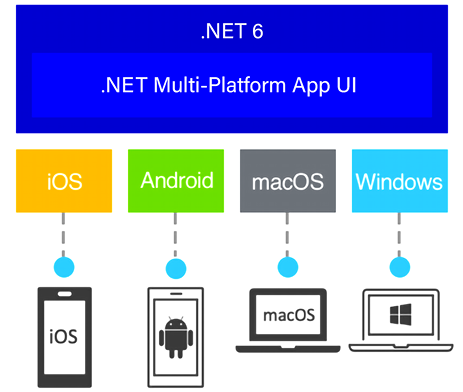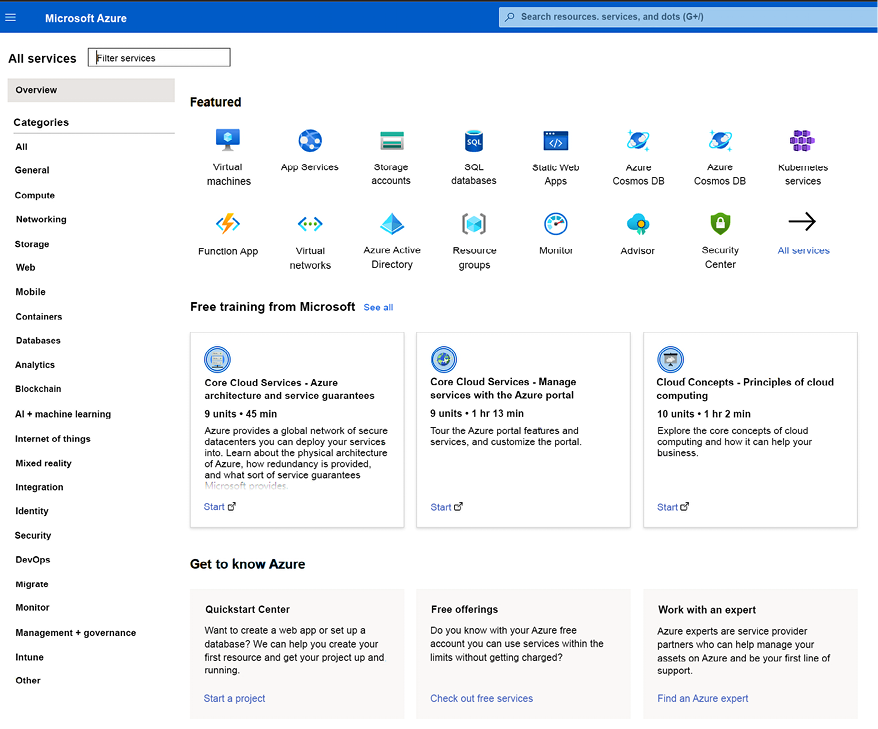What is software architecture?
For the fact that you are reading this book today, you should thank the computer scientists who decided to consider software development as an engineering area. This happened in the last century, more specifically, at the end of the sixties, when they proposed that the way we develop software is quite like the way we construct buildings. That is why we have the name software architecture. Just as an architect designs a building and oversees its construction based on that design, the main goal of a software architect is to ensure that the software application is implemented well; and good implementation requires the design of a great solution.
In a professional development project, you must do the following things:
- Define the customer requirements for the solution
- Design a great solution to meet those requirements
- Implement the designed solution
- Validate the solution with your customer
- Deliver the solution in the working environment
Software engineering defines these activities as the software development life cycle. All the theoretical software development process models (waterfall, spiral, incremental, agile, and so on) are somehow related to this cycle. No matter which model you use, if you do not perform the essential tasks in the initial stages of your project, you will not deliver acceptable software as a solution.
The main point about designing great solutions is foundational to the purpose of this book. You must understand that great real-world solutions bring with them a few fundamental constraints:
- The solution needs to meet user requirements
- The solution needs to be delivered on time
- The solution needs to adhere to the project budget
- The solution needs to deliver good quality
- The solution needs to guarantee safe and effective future evolution
Great solutions need to be sustainable, and you must understand that there is no sustainable software without great software architecture. Nowadays, great software architectures depend on both modern tools and modern environments to perfectly fit users’ requirements.
For this reason, this book will use some great tools provided by Microsoft. After three editions, we finally have .NET 6, the LTS version announced as a unified platform for software development, which gives us a great opportunity to create fantastic solutions.

Figure 1.1: .NET 6 platform
.NET 6 is delivered together with C# 10. Considering the .NET approach of targeting so many platforms and devices, C# is now one of the most used programming languages in the world and runs on everything from small devices up to huge servers in different operating systems and environments.
The book will also use Azure, which is Microsoft’s cloud platform, where you will find all the components the company provides to build advanced software architecture solutions. One of them is Azure DevOps, an application life cycle management environment where you can build solutions using the latest approach for developing software. GitHub is also discussed in this edition since Microsoft has improved its integration with Azure.
It is worth mentioning that the use of .NET 6 with Azure was just an option chosen by the authors. .NET can work just as well using other cloud providers, and Azure can handle very well other coding frameworks.
To be a software architect, you need to be familiar with these technologies, and a lot of others, too. This book will guide you on a journey where, as a software architect working in a team, you will learn how to provide optimal solutions using these tools. Let us start this journey by creating your Azure account.
Creating an Azure account
Microsoft Azure is one of the best cloud solutions currently available on the market. It is important to know that, inside Azure, we will find a selection of components that can help us define the architecture of twenty-first-century solutions.
If you want to check Azure’s current state, structure, and updates in a compact, digestible way, just go to https://azurecharts.com/, developed by Alexey Polkovnikov. The content is continuously updated so you can revisit it to learn, evaluate, or even just have fun with the dozens of Azure components described in this Azure encyclopedia.
This subsection will guide you in creating an Azure account. If you already have one, you can skip this part.
Go to https://azure.microsoft.com. There, you will find the information you need to start your subscription. Translation to your native language is usually set automatically:
- Once you have accessed this portal, it is possible to sign up. If you have never done this before, it is possible to Start free, so you will be able to use some Azure features without spending any money. Please check the options for free plans at https://azure.microsoft.com/free/.
- The process for creating a free account is quite simple, and you will be guided by a form that requires you to have a Microsoft account or GitHub account.
- During the process, you will also be asked for a credit card number, to verify your identity and to keep out spam and bots. However, you will not be charged unless you upgrade the account.
- To finish the assignment, you will need to accept the subscription agreement, offer details, and privacy statement.
Once you finish the form, you will be able to access the Azure portal. As you can see in the following screenshot, the panel shows a dashboard that you can customize, and a menu on the left, where you can set up the Azure components you are going to use in your solution. Throughout this book, we will come back to this screen to set up the components needed to help us create modern software architecture. To find the next page, just select the hamburger menu icon and click on All services.

Figure 1.2: The Azure portal
Once you have created your Azure account, you are ready to find out how a software architect can manage a team to develop software, taking advantage of all the opportunities offered by Azure. However, it is important to keep in mind that a software architect needs to go beyond just technologies because they are expected to define how the software will be delivered.
Today, a software architect not only architects the basis of a piece of software but also determines how the whole software development and deployment process is conducted. The next section will cover some of the most widely used software development paradigms in the world. We will start by describing what the community refers to as traditional software engineering. After that, we will cover the agile models that have changed the way we build software nowadays.
































































